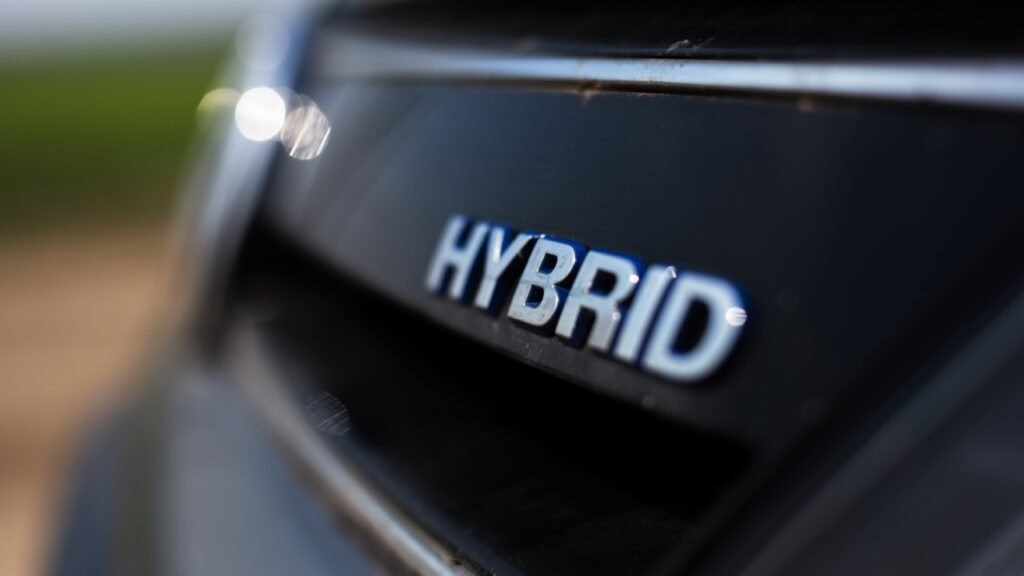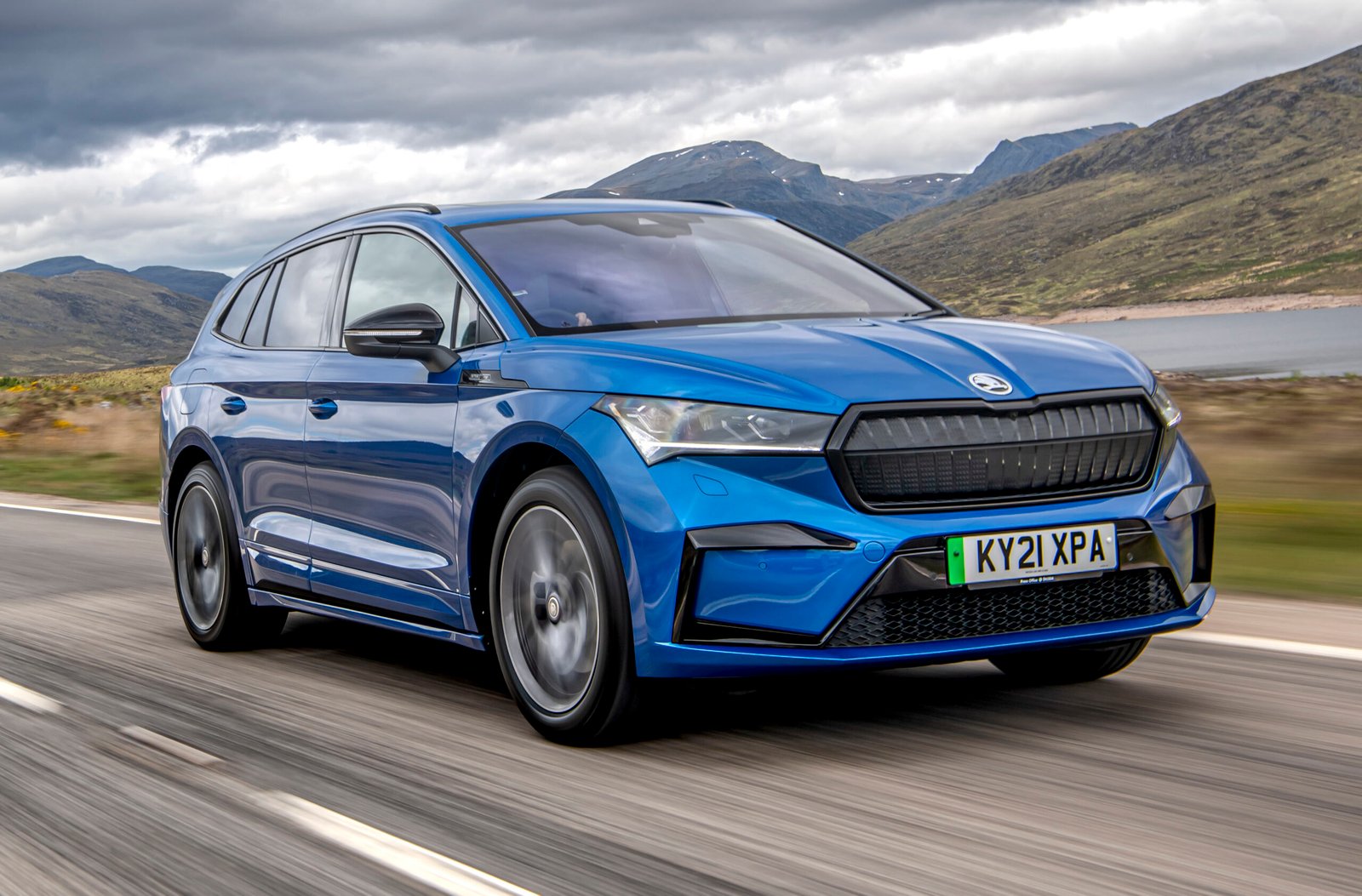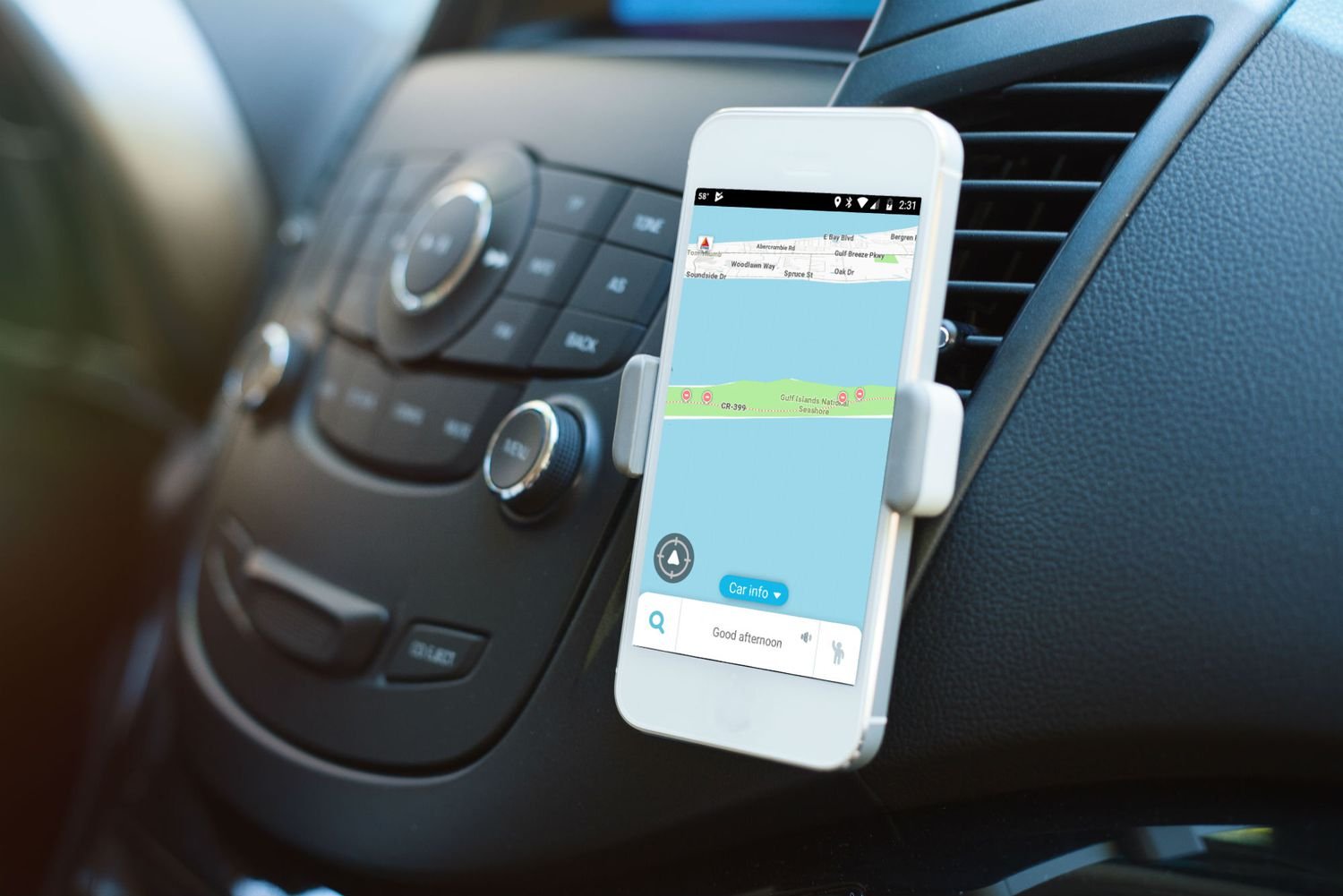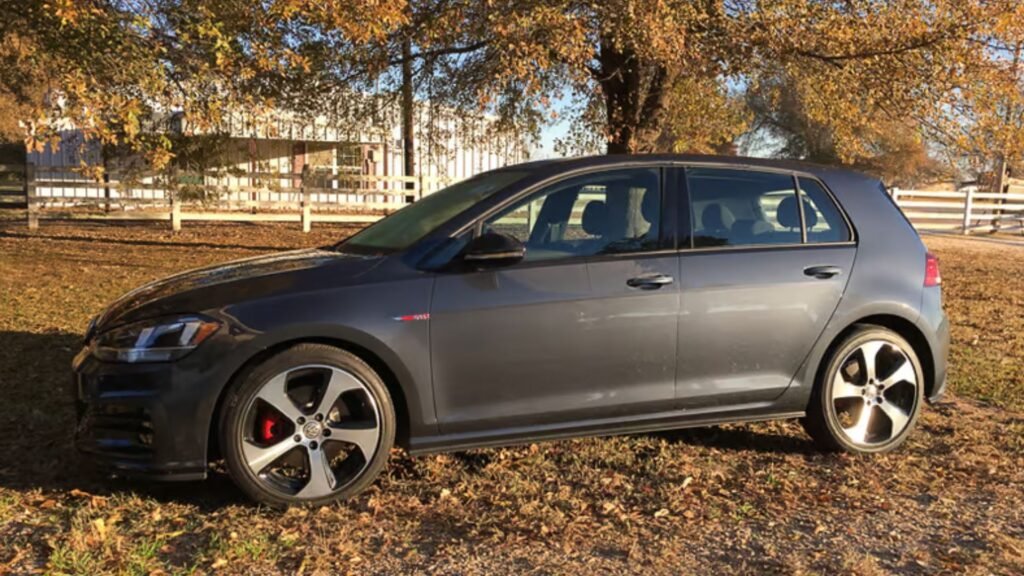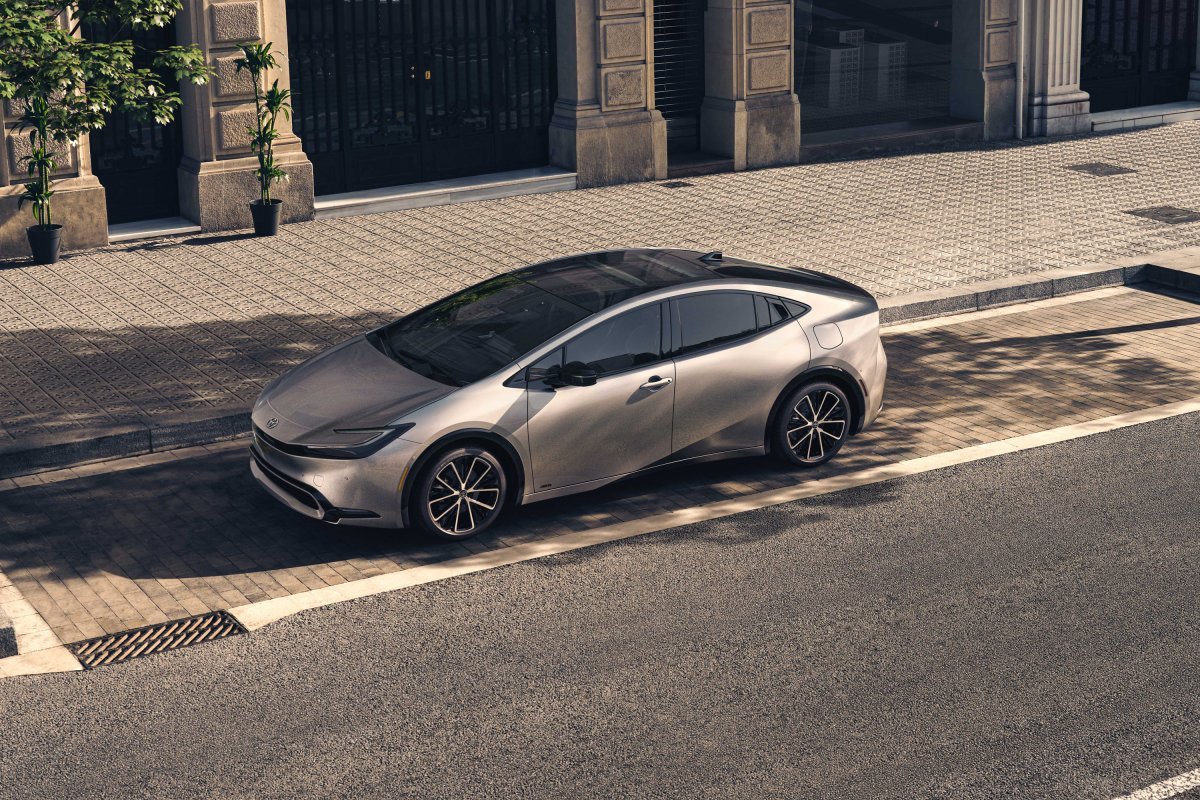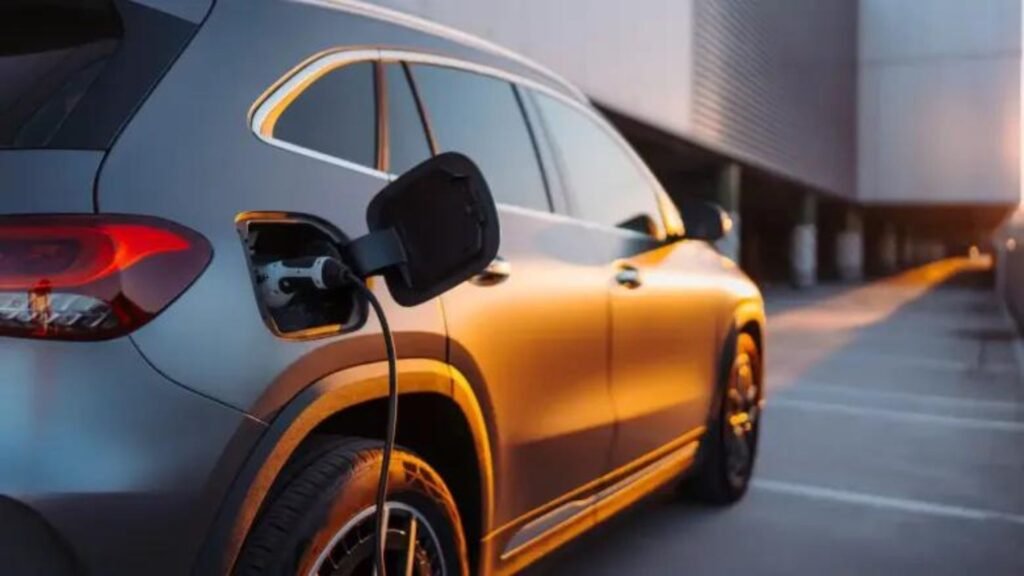Best Hybrid Sports Cars to Consider
In recent years, the automotive world has seen a shift toward sustainability and eco-friendliness without compromising performance. Enter hybrid sports cars. These vehicles blend the power and excitement of traditional sports cars with the efficiency and lower emissions of electric motors. If you’re looking for the best hybrid sports cars that offer both thrills and a greener footprint, you’re in the right place. In this article, we will explore some top models that combine speed, style, and sustainability.

Why Choose a Hybrid Sports Car?
Hybrid sports cars are not just about being environmentally conscious; they offer a unique driving experience. By combining a traditional internal combustion engine with an electric motor, these cars provide instant torque, impressive acceleration, and better fuel efficiency. This means you get the adrenaline-pumping performance of a sports car while enjoying the benefits of reduced fuel consumption and fewer emissions. Moreover, hybrid technology often brings advanced features and cutting-edge design, making these cars a smart choice for enthusiasts looking for the best hybrid sports cars.
Top Hybrid Sports Cars to Consider
Let’s dive into some of the best hybrid sports cars on the market today. These models are perfect for those who crave performance but don’t want to compromise on sustainability.
1. Porsche Panamera 4 E-Hybrid
The Porsche Panamera 4 E-Hybrid is a perfect example of how hybrid technology can enhance a sports car’s performance. This luxury sedan combines a 2.9-liter twin-turbo V6 engine with an electric motor to deliver a combined output of 457 horsepower. With a top speed of 174 mph and a 0-60 time of just 4.2 seconds, the Panamera 4 E-Hybrid offers exhilarating performance. At the same time, it provides an all-electric range of up to 14 miles, making it practical for short commutes or city driving. For those looking for the best hybrid sports cars that deliver both power and prestige, the Panamera 4 E-Hybrid is a top contender.
2. BMW i8
The BMW i8 is not just one of the best hybrid sports cars; it’s also one of the most innovative. With its futuristic design, lightweight construction, and advanced hybrid powertrain, the i8 stands out on the road. The combination of a 1.5-liter turbocharged three-cylinder engine and an electric motor produces a total of 369 horsepower. The i8 can accelerate from 0 to 60 mph in just 4.2 seconds while offering an all-electric range of up to 18 miles. Its low center of gravity and balanced weight distribution provide exceptional handling, making the BMW i8 a thrilling and eco-friendly option for sports car enthusiasts.
3. Acura NSX
The Acura NSX is a hybrid supercar that showcases how hybrid technology can enhance performance without sacrificing the thrill of driving. This sports car features a twin-turbocharged V6 engine paired with three electric motors, delivering a combined 573 horsepower. The NSX can sprint from 0 to 60 mph in a blistering 2.9 seconds. Its sophisticated all-wheel-drive system and agile handling make it a joy to drive on both the track and the road. For those seeking the best hybrid sports cars that offer top-tier performance, the Acura NSX is a standout choice.
4. Lexus LC 500h
The Lexus LC 500h is a luxurious hybrid sports car that combines elegance with cutting-edge technology. Powered by a 3.5-liter V6 engine and an electric motor, the LC 500h generates a total of 354 horsepower. While it may not have the same raw power as some other hybrid sports cars, it offers a smooth and refined driving experience. The LC 500h’s interior is crafted with high-quality materials, and its advanced infotainment system provides a comfortable and connected driving experience. This car is perfect for those who prioritize comfort and style while still enjoying the benefits of hybrid technology.
5. Ferrari SF90 Stradale
The Ferrari SF90 Stradale is one of the best hybrid sports cars for those who want supercar performance with a nod to sustainability. This plug-in hybrid combines a 4.0-liter twin-turbo V8 engine with three electric motors, producing a staggering 986 horsepower. The SF90 Stradale can go from 0 to 60 mph in just 2.5 seconds, making it one of the fastest hybrid sports cars available. Additionally, it offers an all-electric driving mode for shorter trips, showcasing Ferrari’s commitment to innovation and performance.
Conclusion: Hybrid Sports Cars Are the Future
The best hybrid sports cars provide a perfect blend of power, performance, and efficiency. Models like the Porsche Panamera 4 E-Hybrid, BMW i8, Acura NSX, Lexus LC 500h, and Ferrari SF90 Stradale demonstrate that you don’t have to compromise on excitement to be environmentally friendly. As technology continues to advance, we can expect to see even more impressive hybrid sports cars on the market. So, if you’re looking for a car that offers speed, style, and sustainability, consider one of these outstanding hybrid options.



